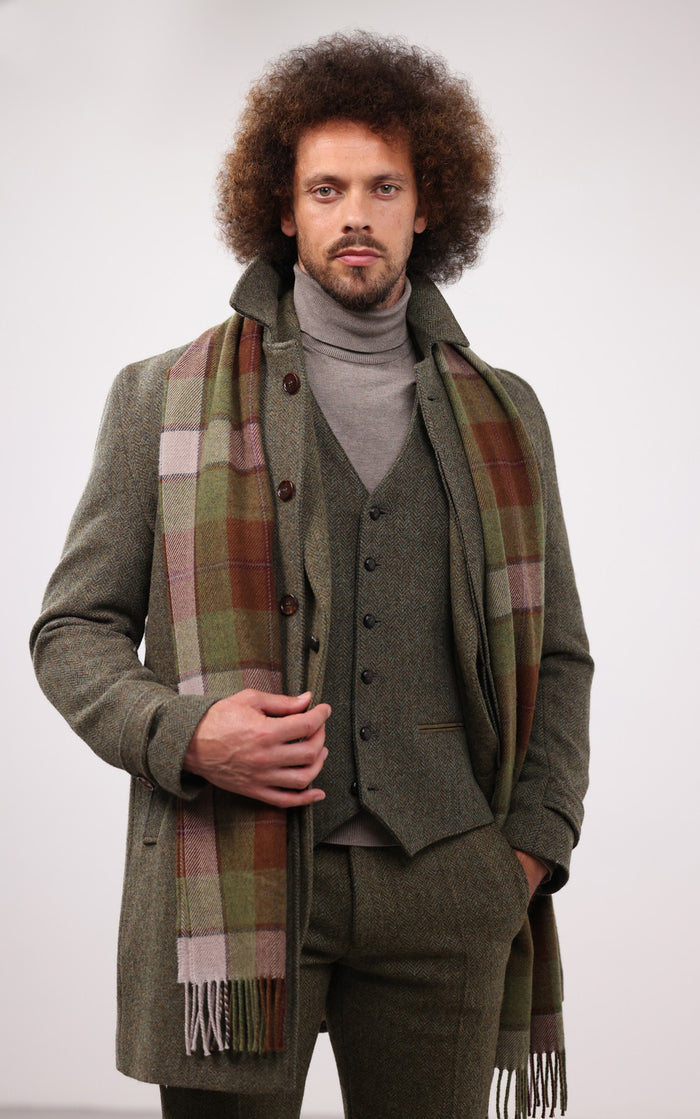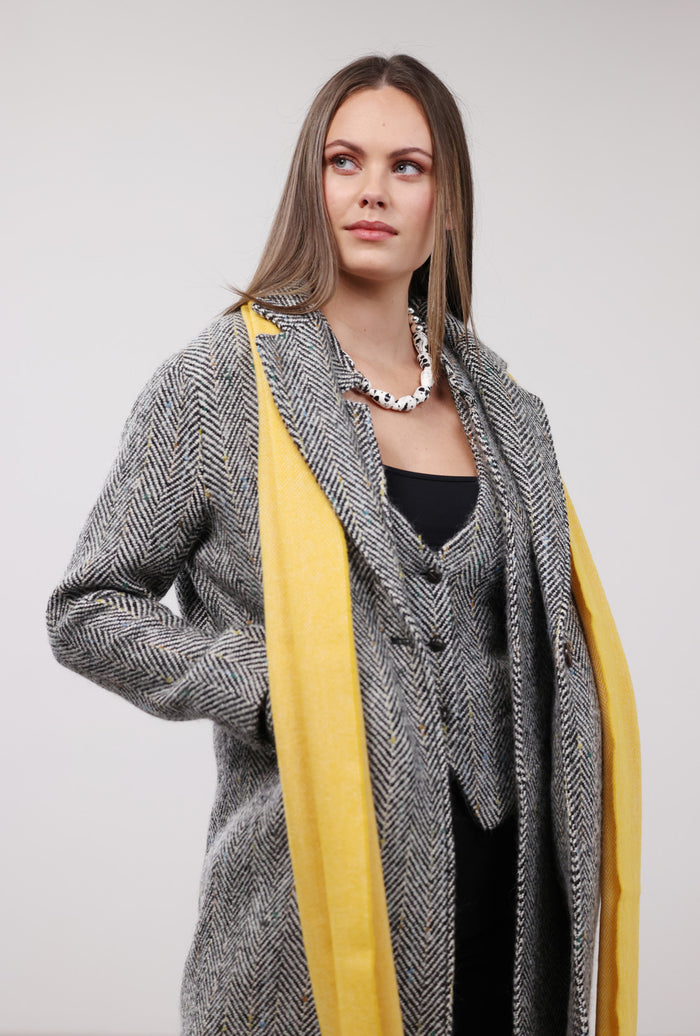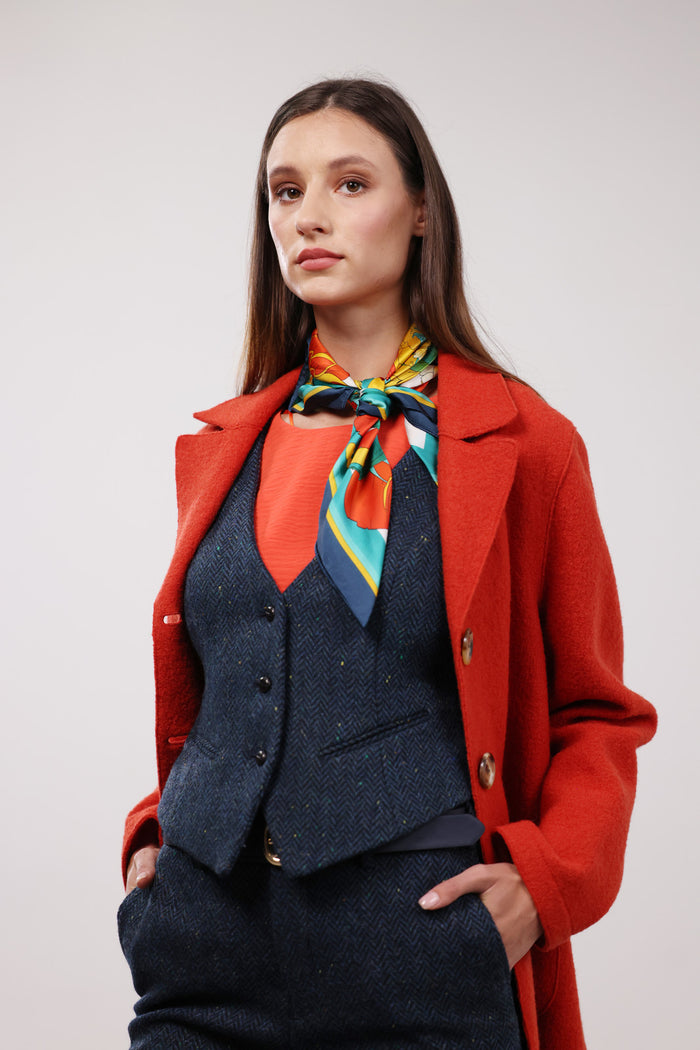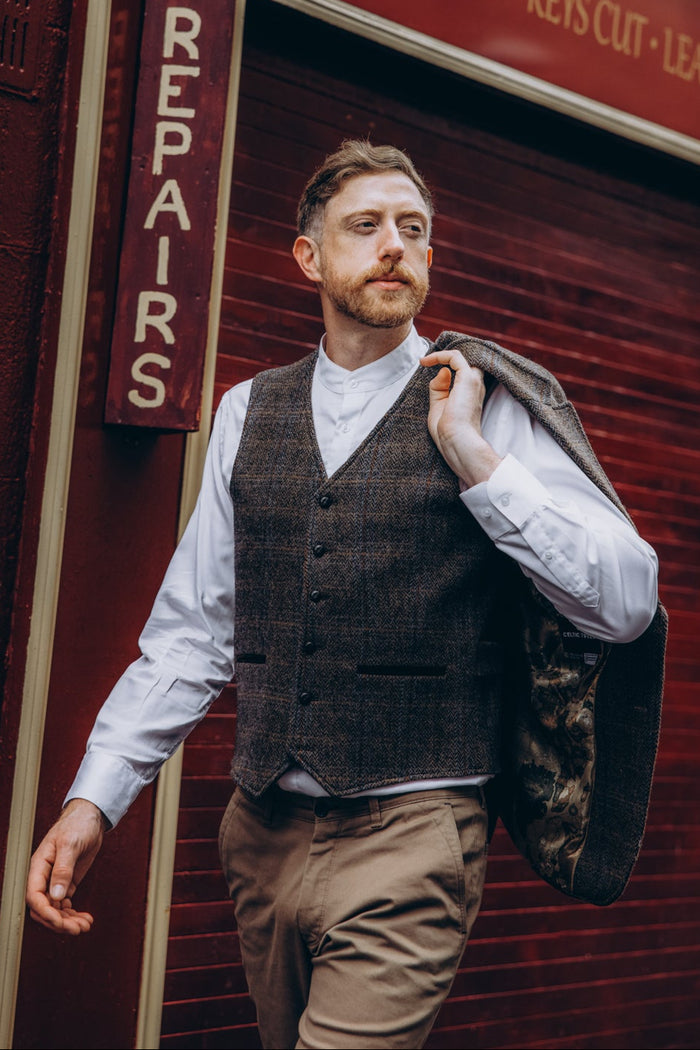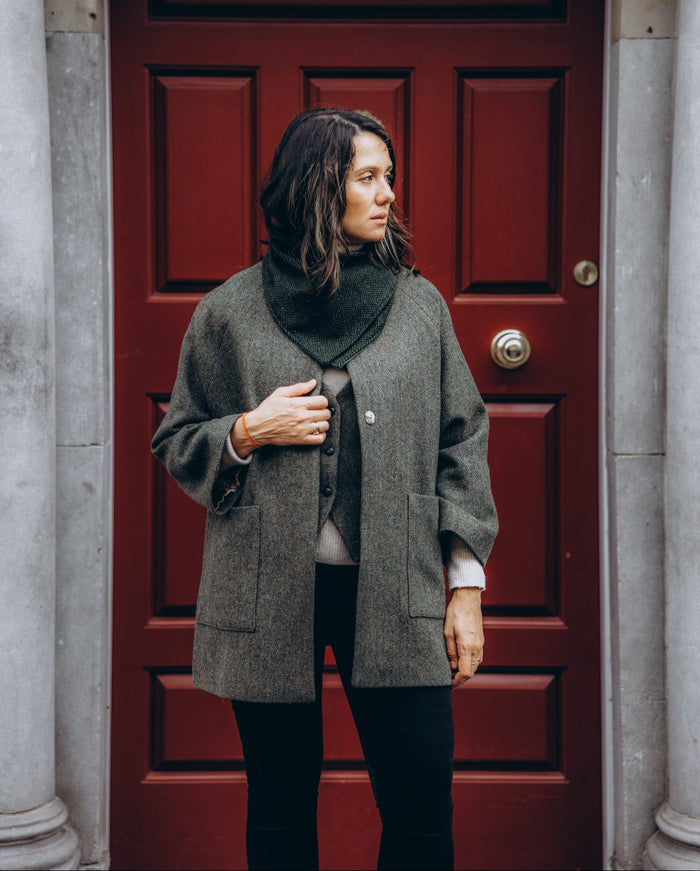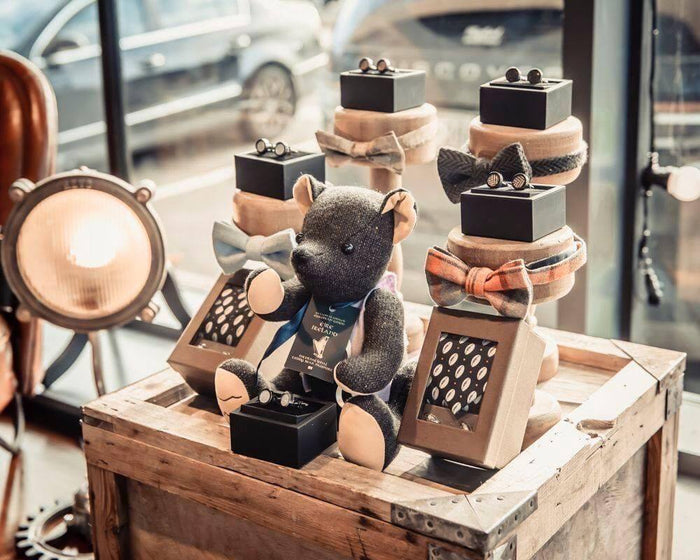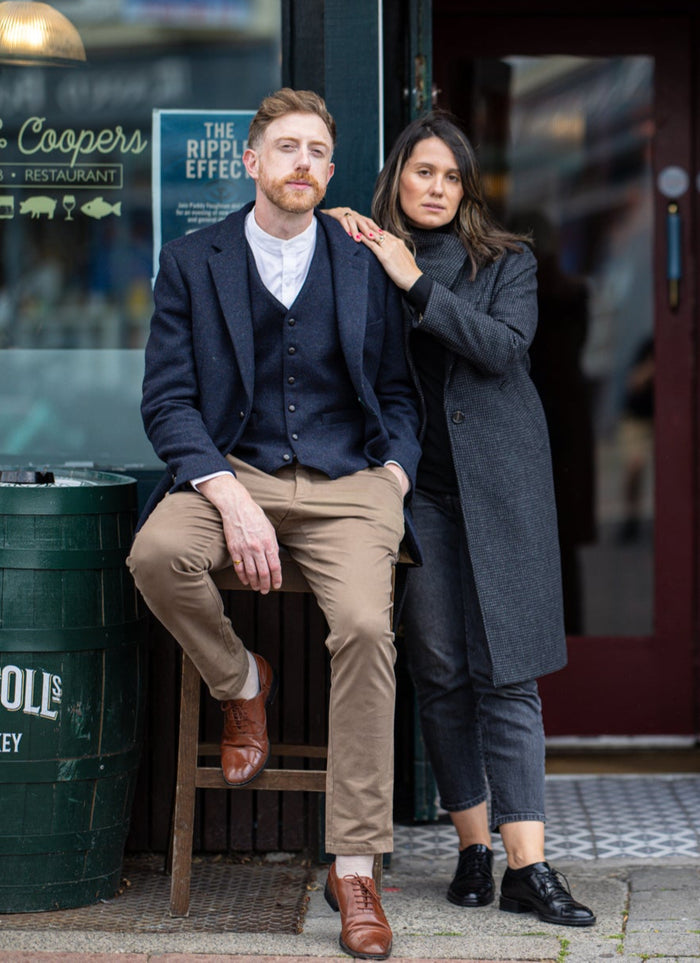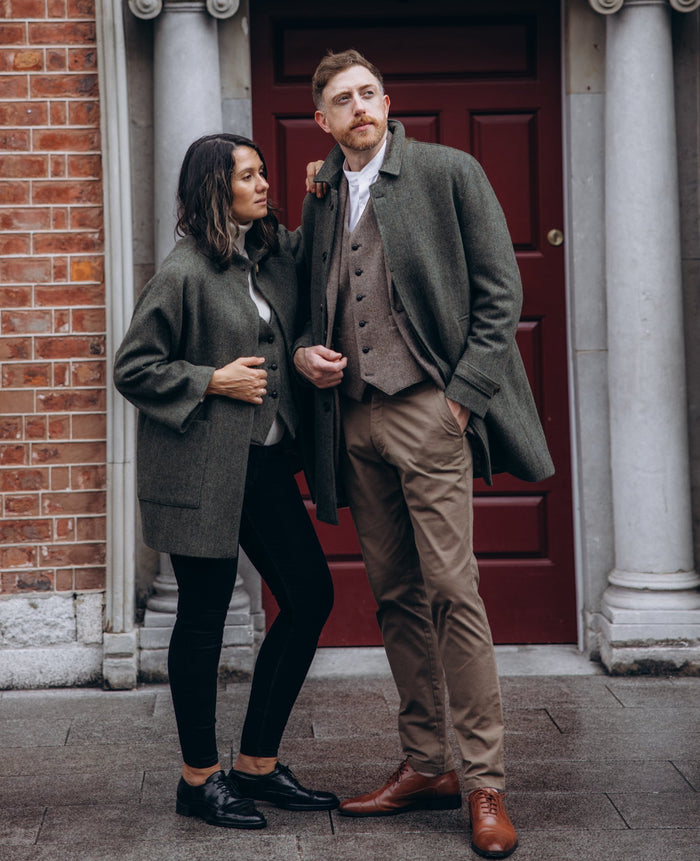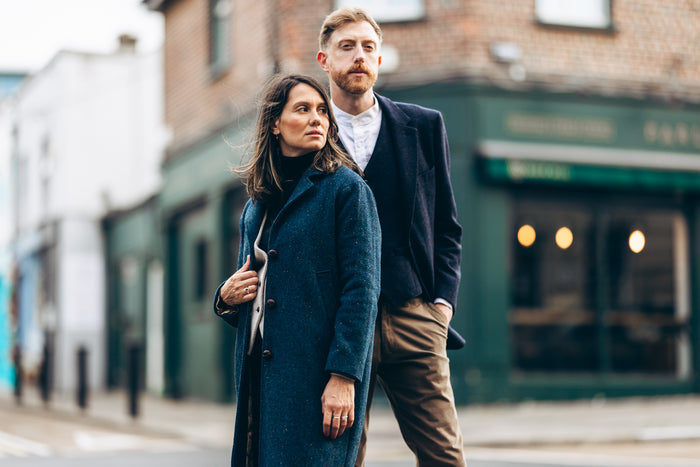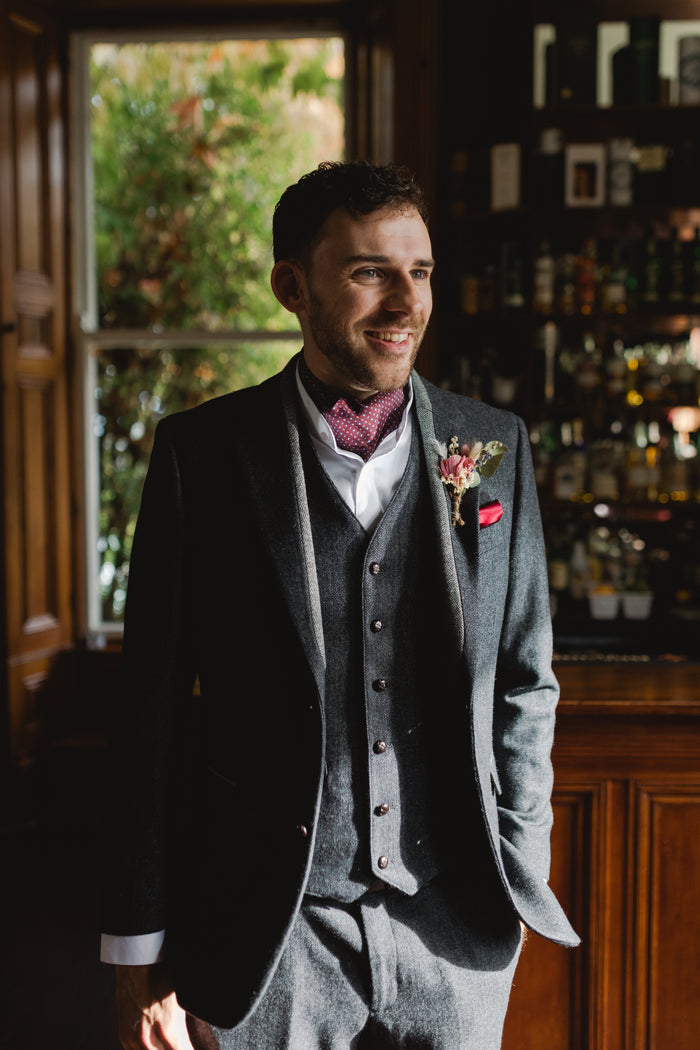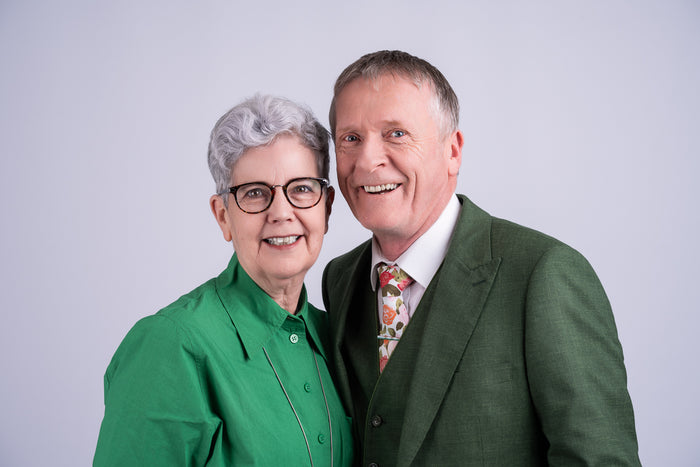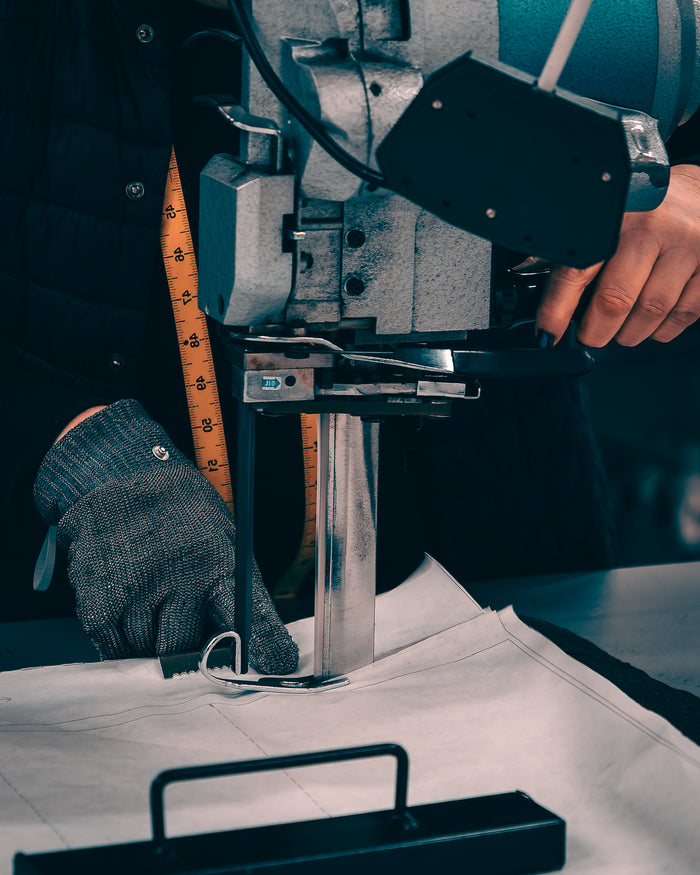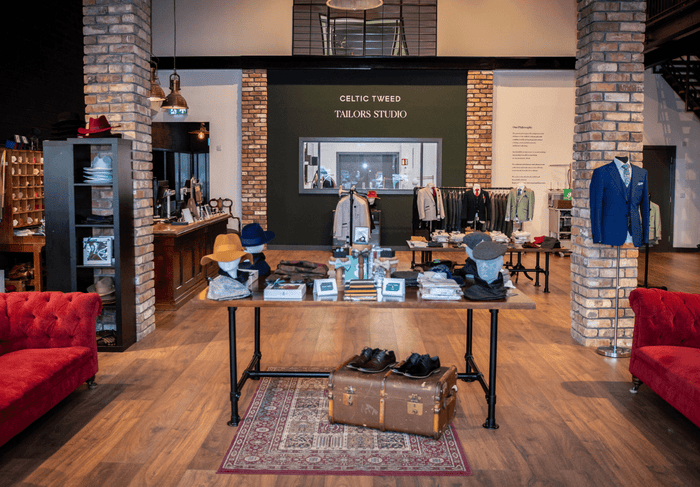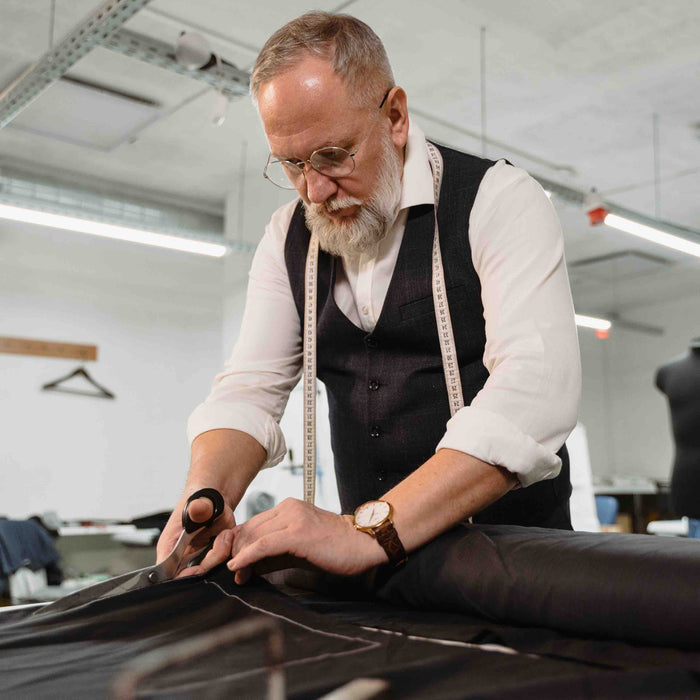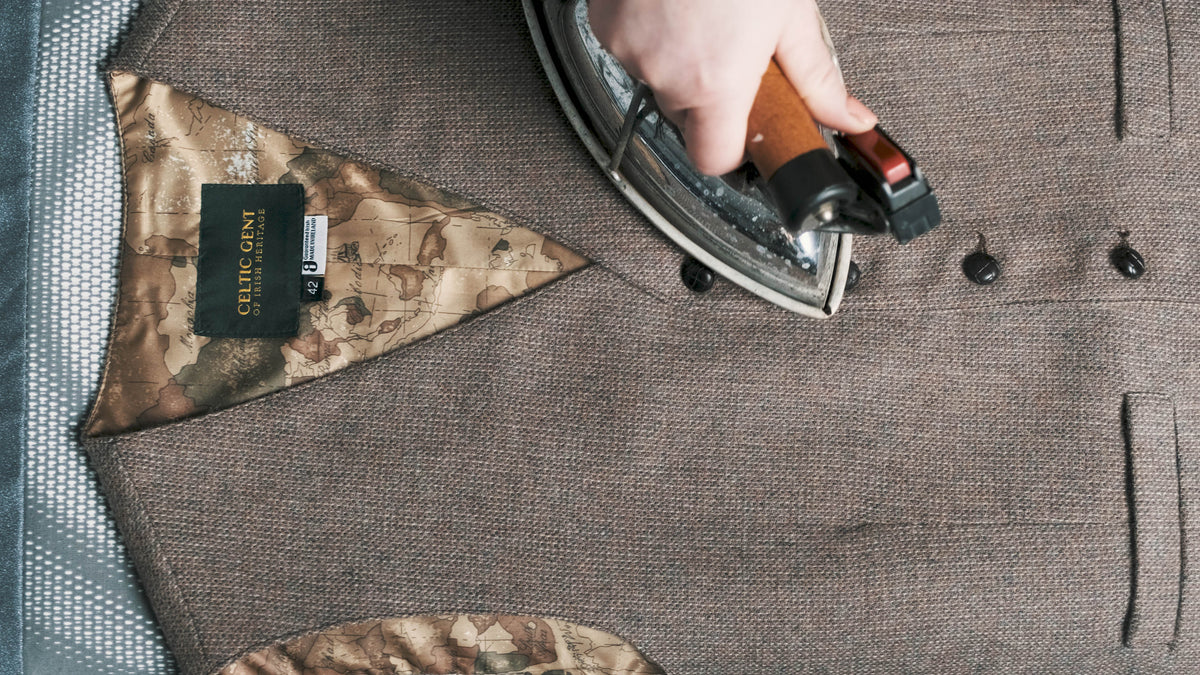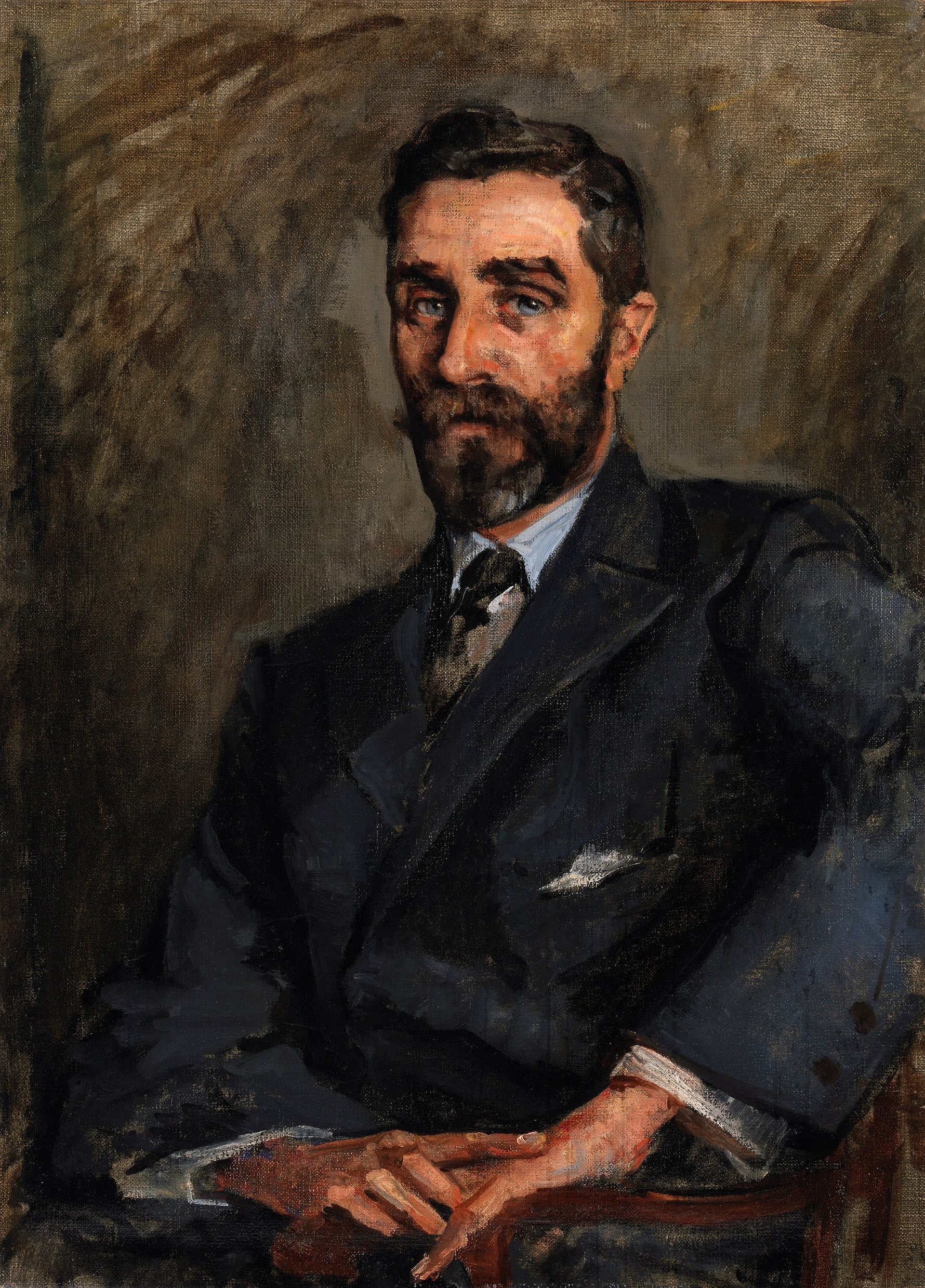
Roger Casement - Tweed as a Symbol of Legacy
September 01, 2025
Roger Casement – The Gentleman & The Revolutionary
A diplomat, humanitarian, and rebel—Roger Casement was a man of many layers, just like the impeccable tailoring of our waistcoats and vests. This blog delves into his complex legacy and how traditional menswear speaks to those who value integrity, purpose, and style.
A Life of Contrasts
Roger Casement was born on September 1st, 1864, in Kingstown, into a mixed-faith household. His father was a Protestant, and his mother was Catholic. At four years old, Casement was secretly baptized into the Catholic faith by his mother. Despite this, he identified as a Protestant for most of his life, foreshadowing the complex identity that would shape his path. Casement ultimately lived a life of contrasts; he was a humanitarian, diplomat, and revolutionary. After leaving school in 1880, he spent a short time in Liverpool before eventually heading overseas across Africa to begin a career in administration and civil service. By 1895, he had taken on a series of consular appointments in Africa. The most notable case was in the Congo where Casement exposed the brutal mistreatment and systematic violation of the rights of the Congolese. Likewise, he spent time in Brazil to investigate similar allegations in the Peruvian Amazon, setting a precent for the British Consulate to intervene for the rights of native populations. Upon his shocking revelations, Casement earned a reputation as a fearless humanitarian and diplomat. Disillusioned by the realities of colonialism, he eventually stepped away from his diplomatic career and dedicated himself to the Irish nationalist cause. In 1913, he joined the provisional committee of the Irish Volunteers - a group devoted to asserting Irish rights during a time of growing political unrest. Drawn by the hope that a German alliance could help secure Ireland’s full independence, Casement envisioned a bold plan for rebellion. He attempted to raise an Irish Brigade by recruiting captured Irish soldiers in Germany. Although his efforts were ultimately unsuccessful, Casement cemented a legacy for himself in Irish history.

Dressing the Diplomat
Casement spent a good piece of his life in formal British society. After serving in the British consular service, he was acknowledged with a knighthood from the King. Greatly influenced by his time in Britain, Roger Casement became known for his careful and sophisticated dress. He typically wore well-tailored suits and distinguished overcoats that reinforced his status as a British diplomat. Casement carried a refined look, projecting authority and elegance. Surviving photographs capture his polished demeanor, representing both social status and class in Britain during his era.
From Courtrooms to Rebellion
Throughout his life, Casement underwent a critical personal transformation, mirroring his changing style. A prime example of this transition is Casement’s tone. As a humanitarian and diplomat, his reports were often characterized as formal and objective. He typically wrote in a restrained tone that was suitable for a British diplomat. However, as Casement’s nationalistic psyche grew, his tone became impassioned and morally charged. Casement’s writings and speeches adopted a more persuasive rhetoric; his personal awakening to injustice allowed for a transition from neutral to passionate. Likewise, the purpose of his writings represented this nationalistic transition. His early transcriptions were directed towards government officials and policymakers, with the main goal of reformation. His later writings were aimed at fellow nationalists, as well as the Irish public. Casement’s purpose was transformed from reform to revolution.

Tweed & Resistance
Traditional Irish fabrics were often worn by both revolutionaries and statesmen. One of the most common pieces was the leine; a long tunic, often dyed saffron-yellow that was worn by everyone from peasants to nobility. Men would often wear it on its own while woman would more commonly wear it as an undergarment. Paired with trews or layered beneath heavy woolen cloaks known as brats, the leine formed the foundation of Irish dress for centuries. Decades later, saffron kilts and Gaelic-style tunics emerged. Revolutionaries, like those of the Irish Volunteers, began wearing this style of clothing, reviving a visual heritage. Wearing traditional fabrics became a political act, signaling solidarity with Ireland’s Gaelic roots. Likewise, these fabrics found their way into the wardrobes of military officers, formal Irish regiments, and statesmen. Saffron kilts were even worn by Irish units in the British Army during ceremonial events. This blending of tradition, one rooted in Irish culture but operating within the British frameworks, created a timeless article of clothing. From everyday tunics to nationalist uniforms, traditional Irish fabrics serves as both cultural unifiers and instruments of defiance. They offered a way for leaders and commoners to express a shared heritage.
Bespoke Tailoring for the Modern Gentleman
Investing in a quality piece reflects appreciation for history and craftsmanship. Purchasing quality ensures the survival of artisanal skills passed down through generations. These skills include slow, meticulous methods of hand-weaving, which are vanishing in the age of modern fast-fashion. A well-made tweed jacket isn’t just clothing, but rather a piece of Irish history, woven with the techniques of centuries. It’s more than a stylish piece; it’s meaningful, linking you to the past, and to the maker. Wearing an Irish-made piece creates a living connection with the culture. This investment honors the hands and heritage behind the work.
A Legacy Stitched in Cloth
Wearing Irish tweed today is a homage to men like Casement who shaped Ireland’s story. Traditional Irish fabrics are an integral part of Ireland - a staple to the past and the future. Wearing Irish tweed helps preserve a distinctly Irish tradition in a globalized world. Just as Casement sought to protect and assert Ireland’s dignity on the world stage, choosing a tweed piece over mass-produced fashion honors that legacy of cultural guardianship. Each article carries the spirit of heritage, craftsmanship, and resilience. Here at Celtic Tweed, we design and create products that use these fabrics, providing a uniquely Irish piece. While adding hand-crafted modern touches, we strive to keep the legacy of tweed alive.
Sources:
- https://www.bbc.com/news/uk-northern-ireland-25017936 BBC News
- https://catalogue.nli.ie/Collection/vtls000509360 National Library of Ireland
- https://meanwhileinireland.com/traditional-irish-clothing-the-history-of-fashion-in-ireland/ Meanwhile In Ireland


